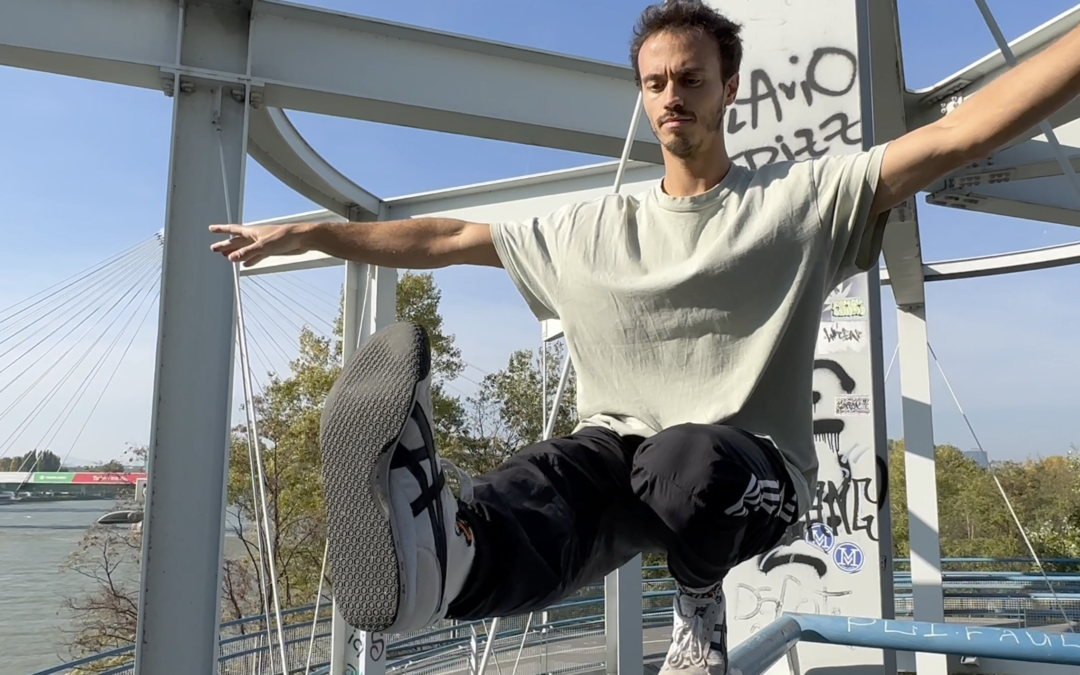
Breathing for movement practitioners
What will this article be about?
This will be a concise and practical piece which will address 9 introductory short-term manipulations of breathing. They will involve methods to shift or support your psychological state, your performance, or emotional condition, while resolving physical tasks.
The long-term adaptations and effects that a well-structured breathing plan would produce will be addressed in a separate article in the future.
Why is breathing so important?
First of all it is a hybrid function of the Nervous System. That is, it can both be volitional or automatic.
From this understanding we can deduct three important facts: it can be used as a compass to observe the directions of our internal state, a tool to change our deep physiology, and as a loyal companion to have by our side in any condition.
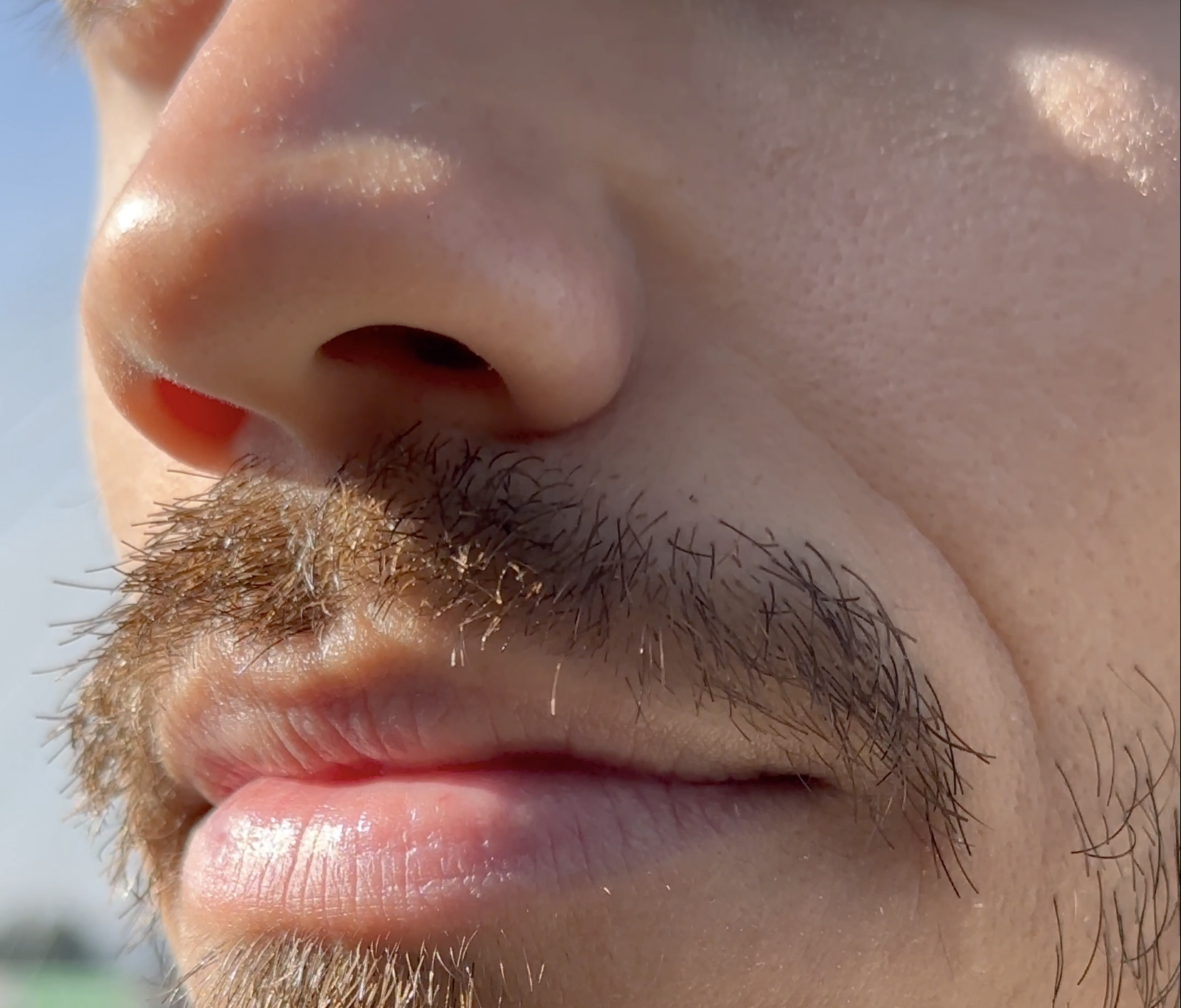
Three families of breathing:
Here follow three families of breathing methods which can easily be implemented in recurrent movement scenarios:
- The factotum techniques are purposeful and varied. They can be useful to produce defensive mechanisms to outside forces acting on the body, direct focus, give a boost in energy and so forth. They evoke or facilitate a quality or state.
2. The downregulating techniques are calming and grounding. They help to shift the Nervous System from an overactive state to a more composed and serene state; rebalancing it when it becomes excessively stressed.
3. The intuitive techniques are loose and open. They should be implied when the complexity movement is so high that breathing becomes fluid and cannot follow a preconceived scheme.
Let’s get into them in more details:
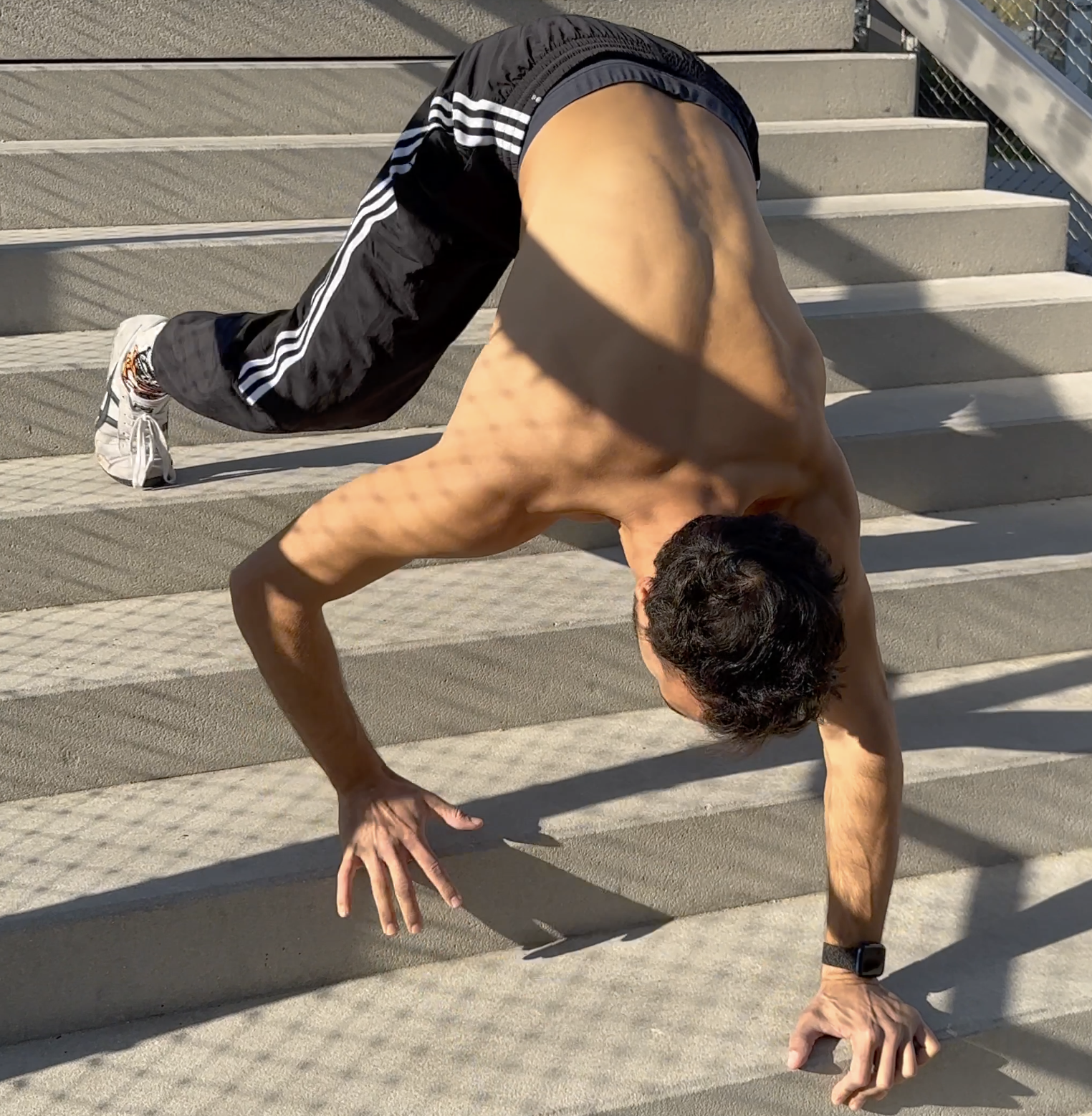
Factotum techniques
Bracing
Inhale to 70% full, hold while you execute the motion, exhale when the intensity decreases. Use the air in the lungs as an uncompressible armor to resist shear and compressive forces.
When to use: managing a heavy load, taking a strong impact, to resist direct pressure to the torso.
Mechanism leveraged: Valsalva like maneuver.
Symmetrical
Inhale in 3”, exhale in 3”. This is a useful technique to focus the mind and not allow it to wonder on intense emerging thoughts, feelings, emotions.
When to use: as anti-distraction tool during easy long tasks, or as “emotional grounding” in tough fear evoking settings.
Mechanism leveraged: directing awareness to a neutral rhythmical phenomenon.
Energizing
Inhale in 3”, exhale in 2”. Creating a slightly longer inhale facilitates a more active, invigorating, and brisk state.
When to use: to align the mind and ignite some good fire especially during aerobic tasks.
Mechanism leveraged: by inhaling more than exhaling the heart progressively goes a bit faster, facilitating the predominance of the sympathetic nervous system. This respiratory sinus arrhythmia matches pulmonary blood flow to lung inflation and allows to maintain an appropriate diffusion gradient for oxygen in the lungs.
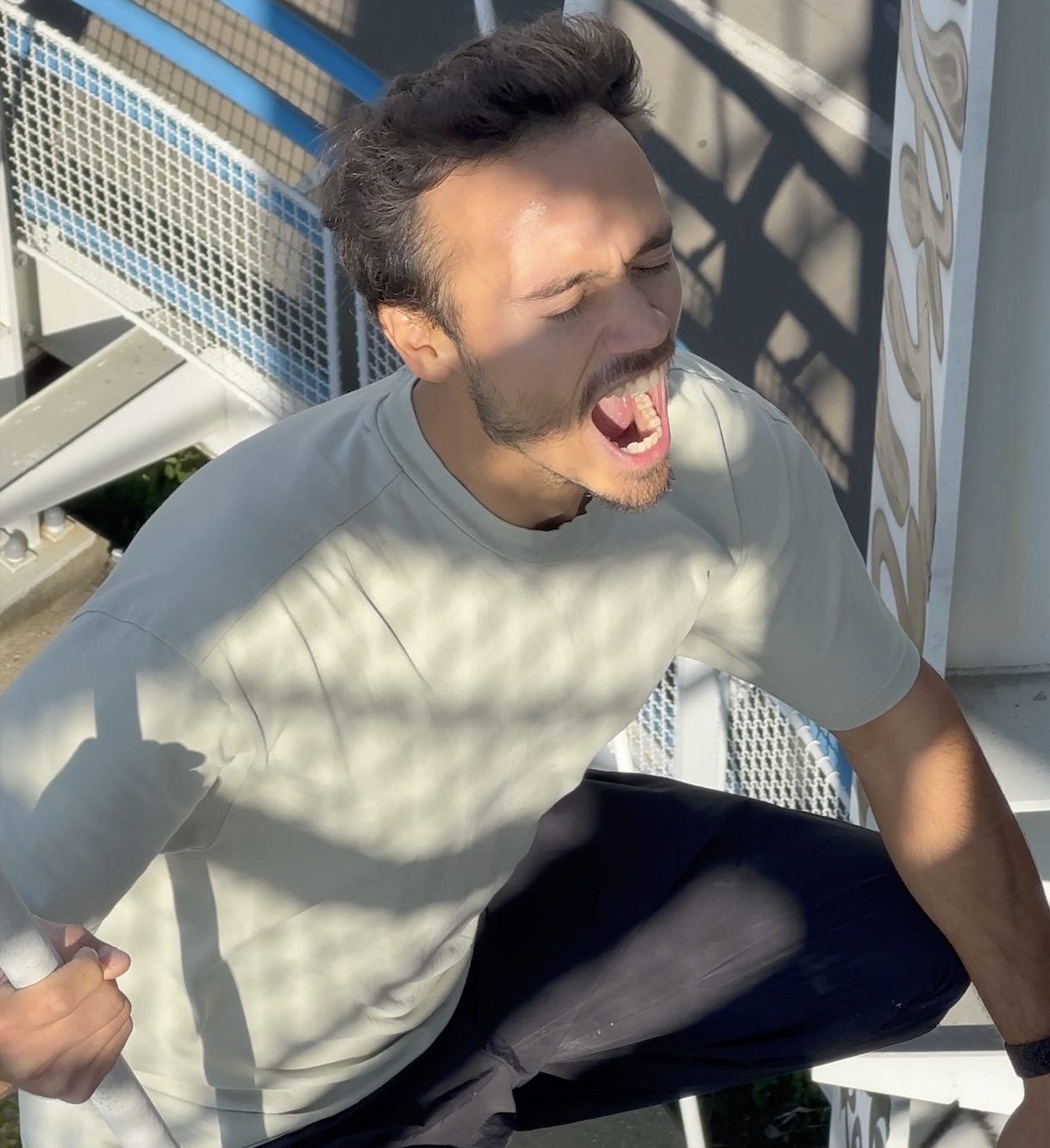
Downregulating techniques
Exhale focus
Inhale in 5” exhale in 6”. The slow inhale and the longer exhale will facilitate the activation of the parasympathetic nervous system, promoting coherence between the heart and the breath. Couple the outbreath with an active relaxation of the unnecessary muscular tone. This means maintain the structure and shape of the body but let go of all parasite tensions. With every subsequent breath, repeat this process and gently double the intensity every time.
When to use: essential resource when you need to rebalance and calm down: while exposing to unknown situations, in precarious scenarios, in case of emotional stress emerging from the session: frustration, anger, fear. This should be one of the breathings you imply in most of your practices.
Mechanism leveraged: The long exhale creates a gentle pressure to the torso and signals to the medulla to slow down the heart and respiratory rate. Also this long breath introduces more CO2 in the blood allowing for a better Oxygenation of the blood, calming the system even further.
Deliberate yawn
Slow inhale (like an Ujjayi breath with an open mouth), allow the yawn to come, ride it, then exhale slowly. Repeat for 5-10 times, until relaxation starts to kick in.
When to do it: when you can be in a somewhat calm and composed setting during a hard expedition into the elements, such as cold, heat, height, deep into the earth (confined spaces) and so forth.
Mechanism leveraged: invoking the yawn reflex to induce a more relaxed state.
Humming
Inhale in 5”, exhale humming in 10”. Produce a composed and continuous mmmmm sound all throughout the exhale.
When to do it: Same as per the exhale focus. This is a direct add on to it.
Mechanism leveraged: Vibrating the vocal chords during the exhale will increase vagal tone, allowing you to relax faster right after the acute stress bout. It will also release more nitric oxide from the nose all throughout the body. This powerful vasodilator increases blood flow and lowers blood pressure
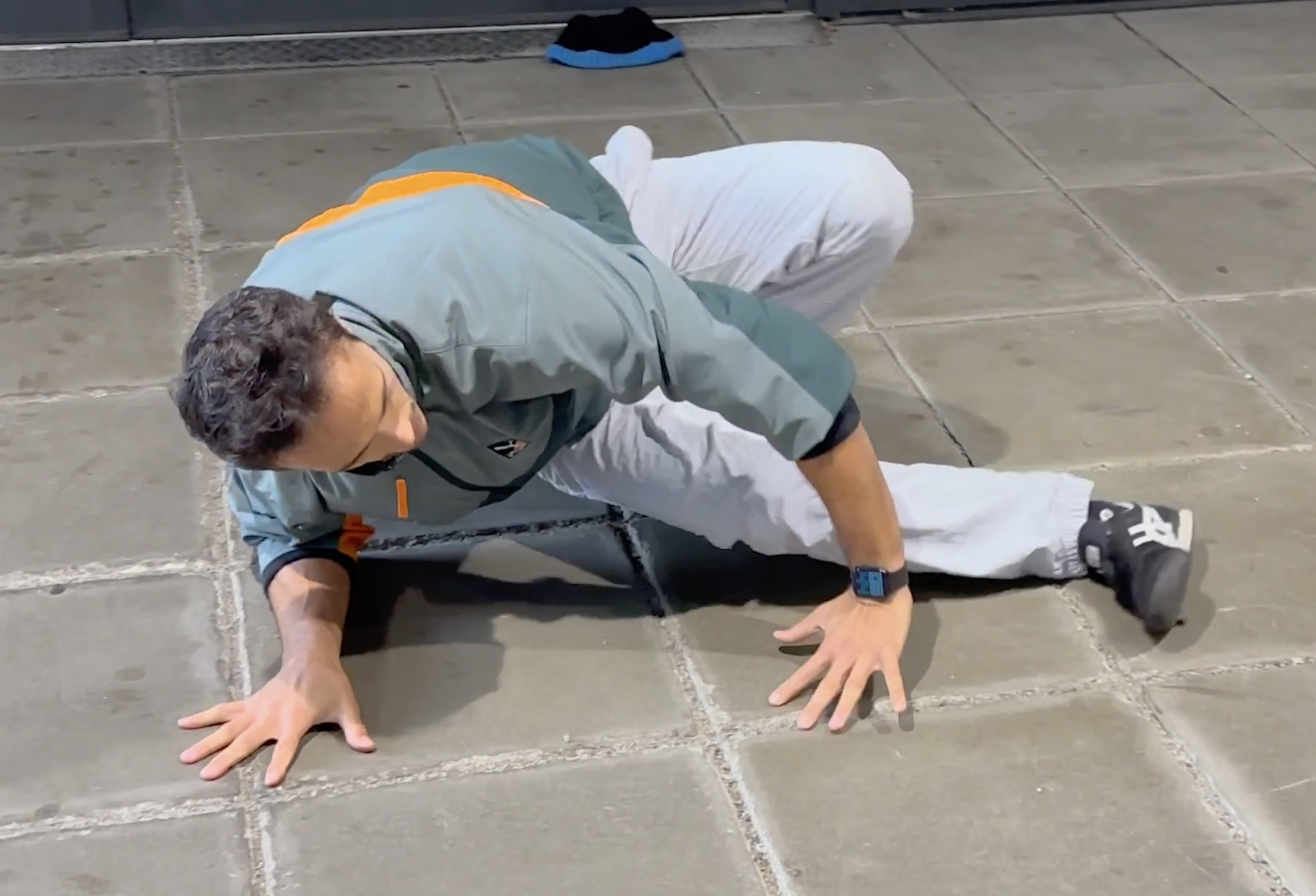
Intuitive techniques
Synchronic
Inhale in eccentric, exhale in concentric. Allow the natural expansion and compression of the body to couple to each breath waves.
When to use: during cyclical and repeated exercises. The classic “reps and sets” style trainings.
Mechanism leveraged: Following the mechanical action of the torso to take air in or push it out.
Free
Let the breath follow the movement. Be aware of it and use it in a harmonious dance with the rest of the body. Observe how it is regulated and how it is expressed.
When to use: during the production of complex movements.
Mechanism leveraged: stepping aside and allowing the self-regulating mechanisms of the body to respond to the action-perception connections to the surroundings.
Guiding
Use breathing to direct your motions. The inhale will facilitate open wide gestures, whereas the exhale will promote quick and sharp actions.
When to use: same as above.
Mechanism leveraged: using actively the fiery images of the inhalation to produce powerful motions and the light exhalation to induce fast and clear trajectories.
Here’s the associated video. Comment below it for further clarifications or contact me at info@marcellopalozzo.com.
Note. The numbers used are here for simplicity however, what should be taken in consideration is your current state: Co2 tolerance, Vo2 max, max breath hold capacity, history of practice, stress state, hygiene and strength of your respiratory structure, the depth of your breath and so on… These parameters can be improved through specific long term breathwork. This will be addressed in a different article.
Two final important tips:
1. Breath deep from the belly first. If you need more air, fill up also the chest, if you need even more air fill up the clavicular area. Follow this order, as often as you can.
- Always breathe from the nose unless you are really close to exertion, then go to mouth breathing. However, revert to nose breathing as soon as possible.
Wish you large inhales and calm exhales everyone. Practice on!
Until next time,
Marcello.
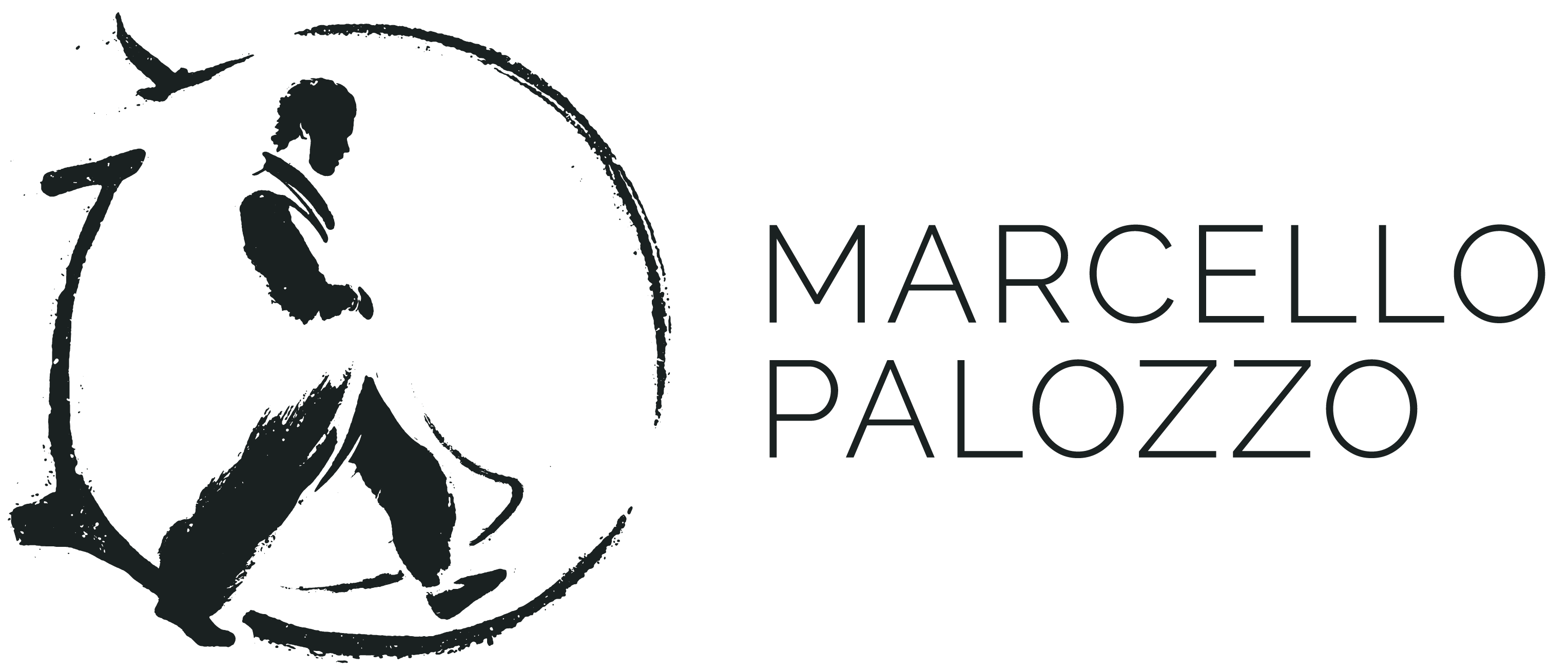
Recent Comments